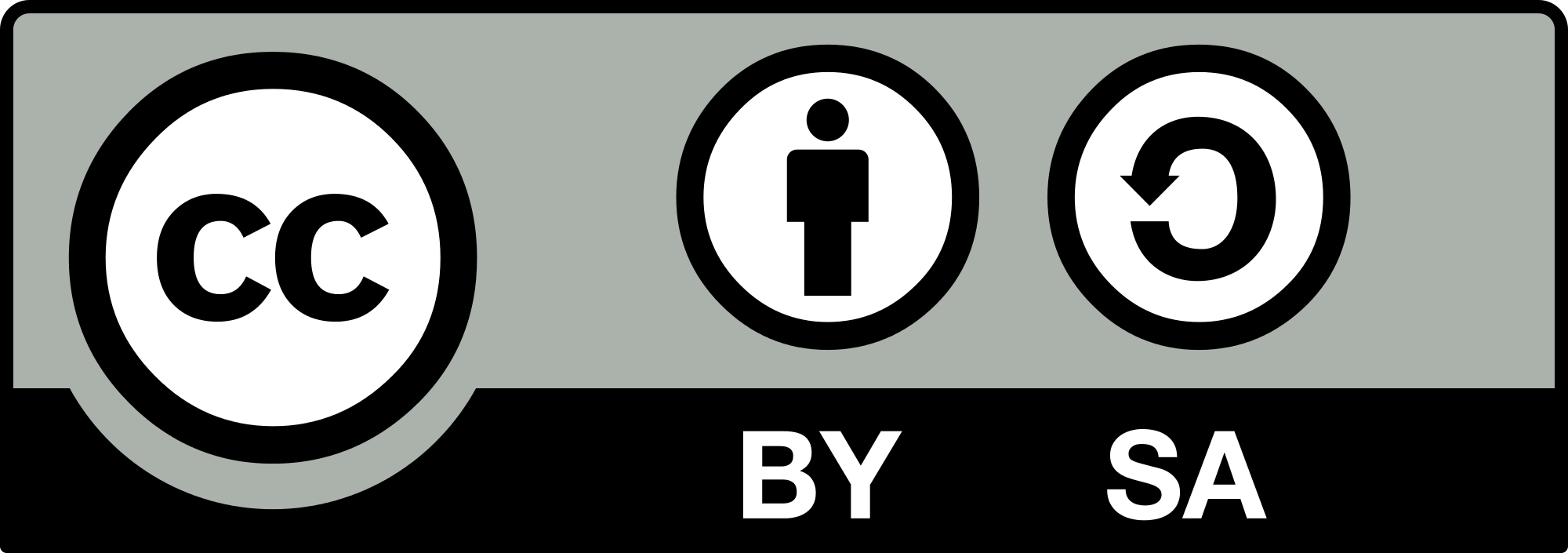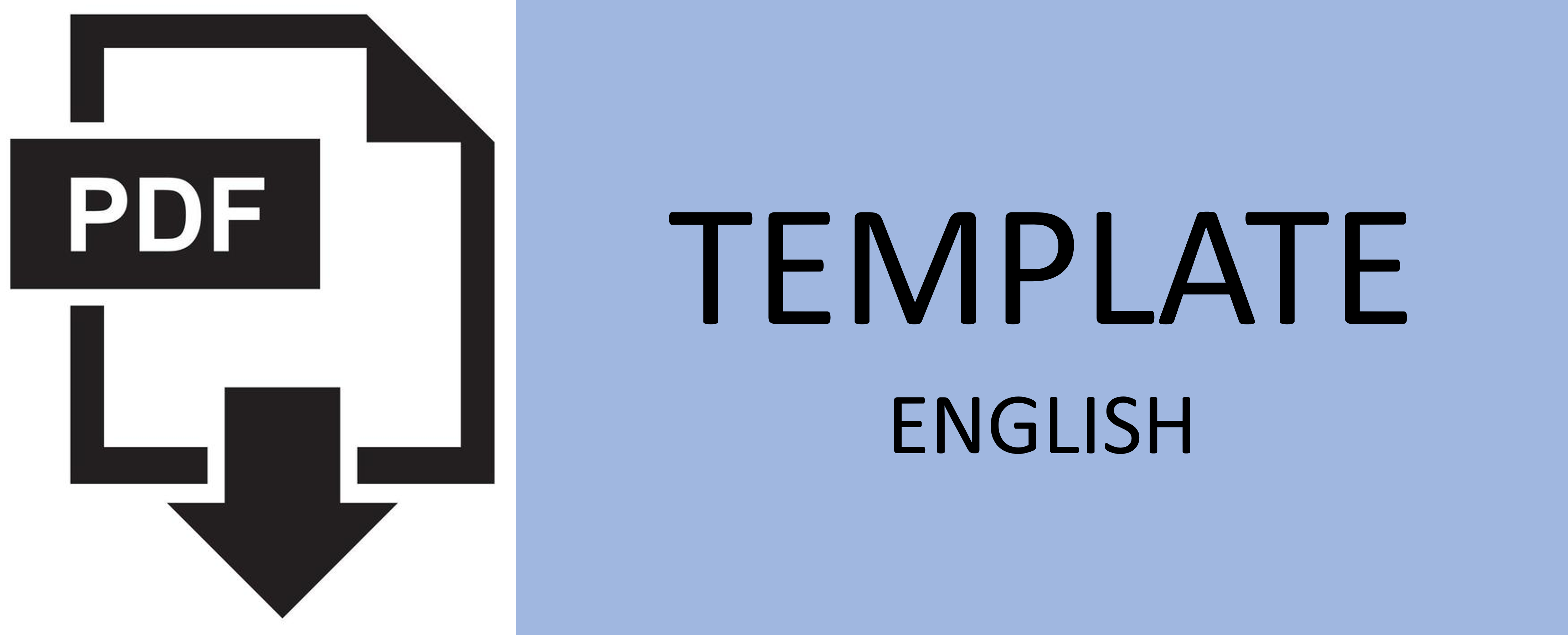BEHAVIOR GROUPS OF PILE TO VARIATION OF AXIAL OR LATERAL LOAD USE SOFTWARE PLAXIS 2D ON SOFT SOIL
Abstract
Refer to Journal “ Numerical Analyses of Load Tests on Bored Piles, 2004” From the research results we can obtained that the conclusion from the Mohr Coulomb material model is more rigid than hardening material model , and the Soft Soil material model is more rigid than Mohr Coulomb material model. It is because there are difference from the formula that used in each methods.This final task goal is to compare some of configuration form of the pile group, in which consist of 2, 3, 4, 6, and 8 piles at one configuration with the distance between 2Ø and 4Ø to keep the axial or lateral load using software Plaxis 2D with material model: Mohr Coulomb, Hardening and Soft Soil. Based on calculation results using Plaxis 2D obtained result that the distance’s changes between piles will cause the addition from the ability of piles to keep axial and lateral load for same load. Then the distance’s changes between piles can reduce the decrease and deflection from piles. This study of the three material models, namely MohrCoulomb. Hardening, Soft Soil has the results of the analysis with the difference ranging from 0-1%.
Keywords
axialload; group of pile; hardening; lateral load; mohrcoulomb; Plaxis2D; softsoil
Full Text:
PDFReferences
M. Wehnert, & P.A. Vermeer, 2004. “Numerical Analyses of Load Tests on Bored Piles”. NUMOG 9th – 25 -27 August 2004, Ottawa, Canada.
Wahyudi, Herman. 1999. “Daya Dukung Pondasi Dalam”.
Das, Braja M.1985 “Mekanika Tanah”. Jilid 1, Penerbit Erlangga.
BMS6-M.81 – Perencanaan Teknik Jembatan – 1 Desember 1992
Plaxis 2D.
Wahyudi, Herman. 1999. “Daya Dukung Pondasi Dangkal”.
Bowles, J.E. 1997 “Analisa dan Desain Pondasi.”Jilid 1 Edisi Ke-4. Peoria, Illionis.
Biarez J, Favre J.L1976 “Correalation de parametres en mecanique des sols“. Ecole Centrale de Paris.
DOI: http://dx.doi.org/10.12962%2Fj20861206.v31i2.1470
Refbacks
- There are currently no refbacks.

Journal of Civil Engineering is licensed under a Creative Commons Attribution-ShareAlike 4.0 International License.







.jpg)